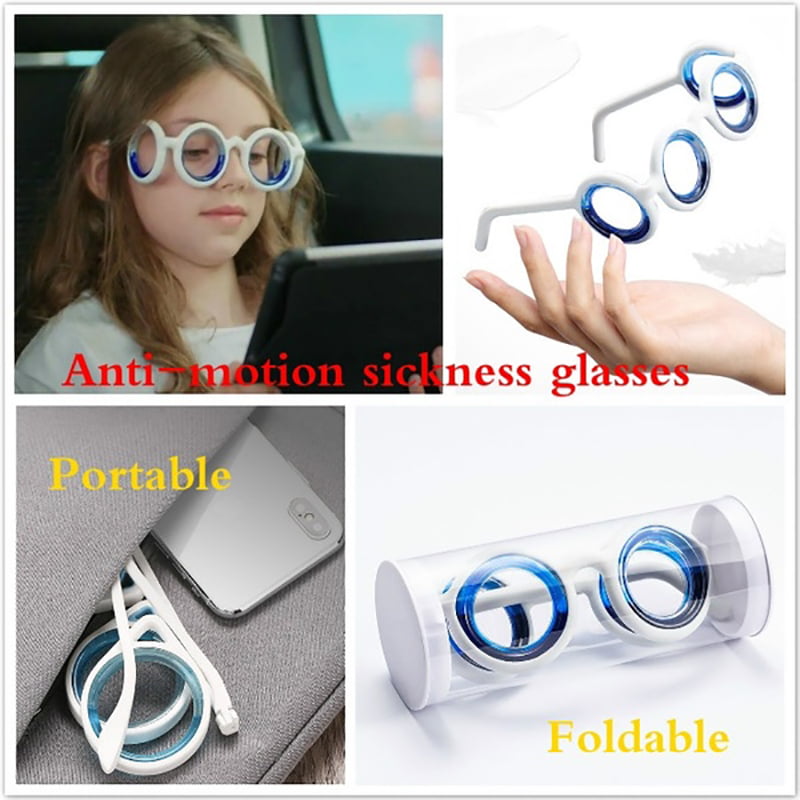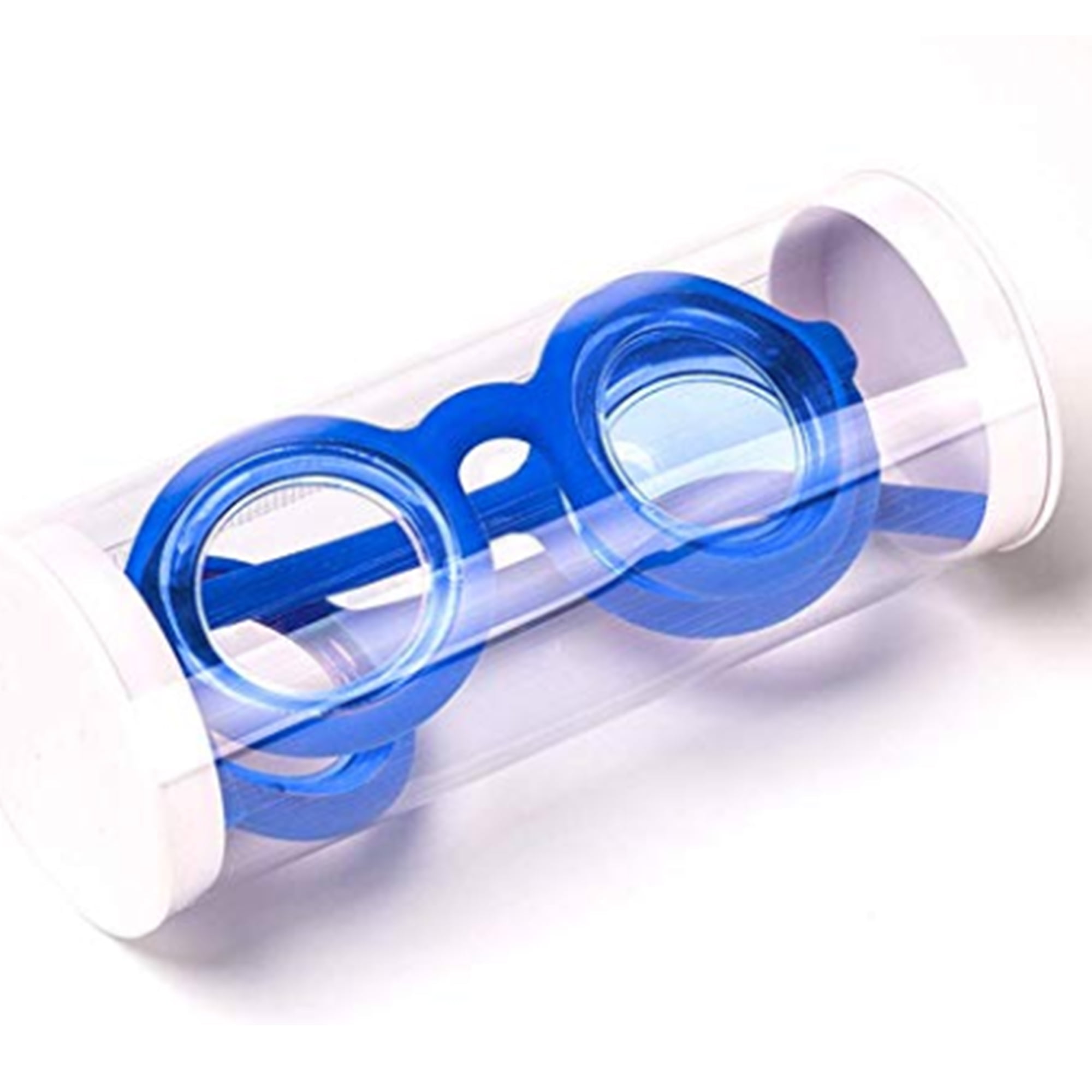


But it’s also what makes VR motion sickness feel the same as motion sickness generated by actual movement. It’s presence that makes well-designed VR experiences powerful and realistic. Presence refers to the physical and mental sensations of “being there” instead of where you are, while playing a game. VR game designers strive to create a phenomenon known as presence. How is VR motion sickness different from other types Your brain becomes confused and disoriented, causing motion sickness to occur. Your eyes, inner ears, and body send these mixed messages to your brain simultaneously. Your inner ears also sense that virtual movement is happening all around you.īut despite what’s being generated in your VR headset, the muscles and joints of your body sense that you’re sitting still, and not in motion. These can be anything from comets whizzing by in virtual space to riding on a galloping unicorn. When you’re playing a VR game, your eyes register the movements being simulated around you. Read on to learn what causes VR motion sickness, and what you can do to prevent and treat it. Luckily, the same strategies that prevent and alleviate motion sickness in the real world can also be used to combat it in the virtual one. Even so, VR causes motion sickness for the same reason moving vehicles do. There’s no actual movement generated during a VR game. Unfortunately, some people who try VR get symptoms of motion sickness like: VR gaming systems create an immersive simulation that provides the user with an out-of-body experience. was responsible for the fabrication of the whole OLED microdisplays using the CMOS backplane wafers.Virtual reality (VR) may be the wave of the future for some people, but for others it may only feel like a wave of nausea. To keep the costs of manufacturing large-area OLED microdisplays in a reasonable range, LOMID project partner X-FAB developed economical processes at the CMOS silicon foundry, paying special attention to the interface between the top metal electrode of the CMOS backplane and the subsequent OLED layers. The tiling of multiple OLED-on-silicon microdisplays inside the system has helped reduce its form factor and weight, while increasing resolution to a level not easily achieved by conventional TFT-based AMOLED displays in VR headsets currently due to their typical pixel density limits. One of the four WUXGA OLED microdisplays. We are very pleased about these positive results of our displays in combination with the ultra-compact optic design of Limbak, which enable really compact VR devices”, explained Judith Baumgarten, scientist in the IC and System Design department at Fraunhofer FEP. We achieved a superior image quality with a very high contrast ratio of >100’000 : 1 at extraordinary low power consumption. The chip also provides special look-up-tables for gamma correction – each channel (red, green, blue, and white) can be calibrated individually. The latter allows the elimination of motion artefacts and flicker with a special rolling emission mode. The display mode can be configured flexible from hold-type to impulse-type. “To offer such high framerates of 120 Hz and thus high data rates, we have extended the parallel interface of the OLED microdisplays. This ultra-compact optical design reduces the headset size to about a quarter of the volume and half the weight of a conventional headset while maintaining the same field of view. The optics scientists of Limbak have been able to decrease the display-to-eye distance needed in the headset, lowering it to only 37mm (compared to 60-75 mm in most conventional headsets). The latest research results from the European funded project LOMID (Large cost-effective OLED microdisplays and their applications) are expected to solve these challenges: Large-area OLED microdisplays, combined with advanced free-form optics provide an ergonomic and lightweight solution for the design of VR glasses, and higher frame-rates will reduce the motion sickness for users. Free-form ultra-compact optics combine two displays per eye.


 0 kommentar(er)
0 kommentar(er)
